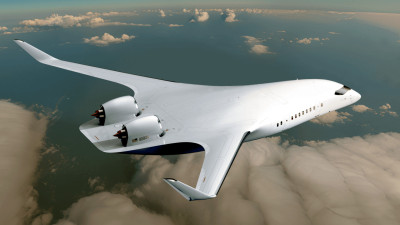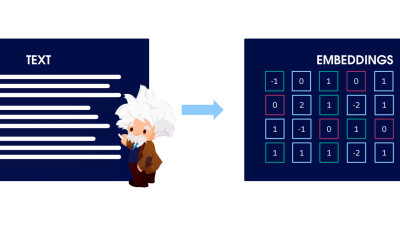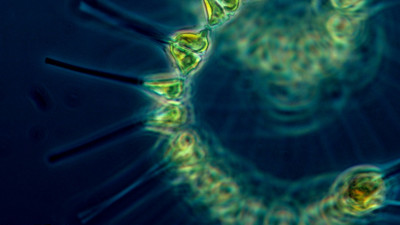A new book, Lo—TEK: Design by Radical Indigenism, highlights centuries-old technologies that provide a powerful toolkit for sustainable architecture and design in the modern age.
Modern society has developed around overly complicated technologies that, in many instances, fight against nature rather than work with it. Now, a new book illustrates the ease with which indigenous peoples learned to live in symbiosis with nature — creating intuitive, timeless solutions that we can still benefit from today.
Author Julia Watson — an environmentalist, academic and designer of
urban, indigenous and spiritual landscapes — teaches Urban Design at Harvard
and Columbia University. Raised in Australia by European immigrant parents,
Watson developed a heightened awareness of the clash between colonialism and
native cultures — the former ignoring local wisdom and indigenous innovation,
deeming them primitive.
Now, as more and more designers and planners are recognizing the urgency of
reducing humanity’s negative environmental impact, they are realizing the
virtues and benefits of working with nature and the endless inspiration for
innovation contained within the natural world — and have begun working to
disrupt technological systems that exploit nature.
Watson coined the term “Lo—TEK” — derived from Traditional Ecological Knowledge — to play off the idea of low-tech elements in architecture. This book presents 120 living examples of indigenous technologies in practice — a mere snapshot of multigenerational knowledge, practices and beliefs that counter the idea that indigenous innovation is primitive; rather, it is sophisticated and designed to sustainably work with complex ecosystems. Lo—TEK serves as a reference for new and established designers alike who are interested in redesigning our modern world to ensure a climate-resilient future.
:youtube https://youtu.be/mevjWNnFULA
Divided into four sections spanning Mountains, Forests, Deserts and Wetlands,
the book explores thousands of years of ingenuity from places including
Peru, the Philippines, Tanzania, Kenya, Iran, Iraq,
India and Indonesia.
As Watson told Dezeen in a recent interview, the technologies showcased in the book illustrate that tribal communities are highly advanced when it comes to creating systems in symbiosis with the natural world:
"There are so many examples. … They have increased biodiversity, they're producing food, they're flood mitigating, they're resilient in terms of foreshore conditions, they're cleaning water, they're carbon sequestering. They have all of the natural qualities that we're really interested in, in terms of ecosystem services, but they're completely constructed by man." — Julia Watson
Read more about Lo—TEK design …







